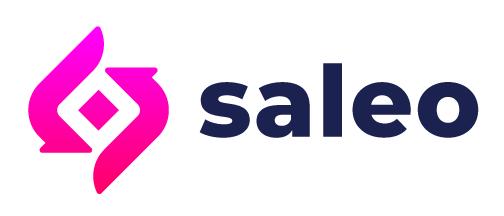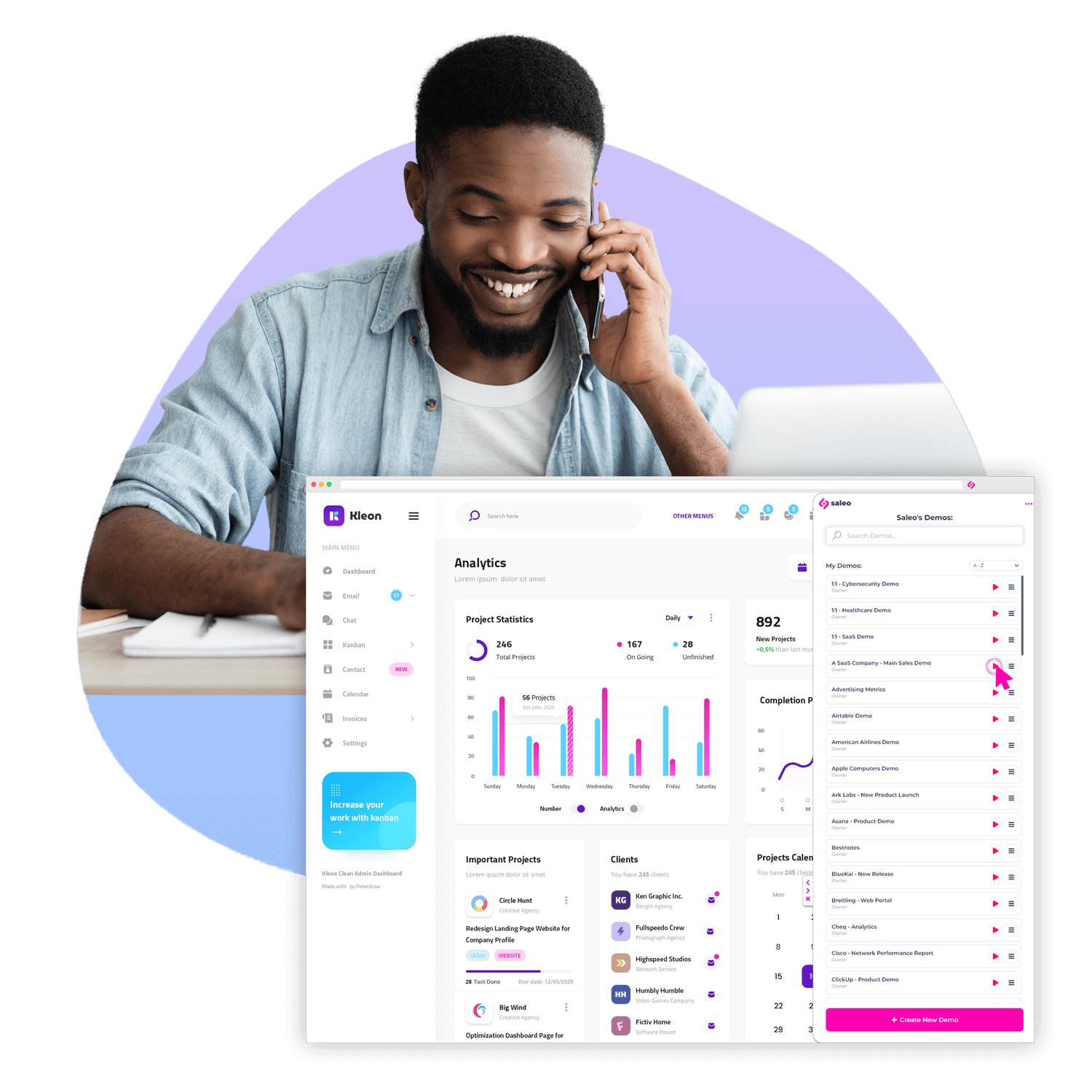With a seemingly endless amount of variables that can affect your sales demo environment positively or negatively, it makes the most sense to concentrate on the things you can control.
There is no such thing as a guaranteed sale, but the odds of closing a sale will increase if you have done your due diligence. And it certainly beats just hoping for a positive outcome.
The following is a list of do’s and don’ts to implement during your sales discovery and demo routine.
The Do’s
Arrive Early
This isn’t just common courtesy. While being early is certainly polite, what you are actually doing is giving yourself time to implement Plan B should anything go awry. Showing up early is about being prepared.
Making sure the Wi-Fi is working, your demo software isn’t glitching, and your devices are functioning properly greatly increases the odds of your having a successful sales demo. If a potential customer sees hangup after hangup, they will start seeing your product as more of a hassle or liability than a solution to their problems.
Use Browser-Based Sandbox Environments
The way to test or demo any software for your prospect is to do so in a controlled environment — this is for your safety and theirs.
Sandboxing isolates the code being used in an environment that mimics the end-user environment, while it searches for potential threats. Think of it like a decoy that minimizes risks and operates as intended
Do the Prep Work
Before you even get to the demo stage, qualifying your prospect should be a top priority. This should include discovering what led them to search for help from your company in the first place.
Knowing what to include and exclude from your sales demo environment will help you to streamline the demo for your prospect.
Doing practice runs of your presentation will help you to avoid potential pitfalls when doing your actual sales demo.
Buy Instead of Building
A lot of businesses learn the hard way that buying is better than building. It might seem like a great idea to have your talented in-house team construct everything from scratch, but the reality is that R&D takes a lot of time and is quite costly. This is time and money that could have gone to strengthening your product.
Outsourcing your sales demo environment saves time and money. Think about it this way. Does it make more sense to spend weeks or months learning how to make work boots, or to purchase a pair of work boots from an experienced manufacturer and get to work immediately? It’s no different from trying to build your own sales demo environments.
Sometimes companies make the mistake of trying to specialize in everything when it makes more sense to purchase a product from a company that actually does specialize in the thing you are trying to create.
Regularly Test the Demo Environment
This doesn’t mean running the software every few days to make sure it operates as intendedThis means testing all aspects of the product and the appropriate use cases and demo flows to ensure it’s operating as intended.,
Knowing that the demo environment has been tested a few hours prior will give peace of mind when going into your sales demo or training session. Confidence is key; both in the tech and delivery.
Set Expectations at the Outset
Another way to say this is: Limit the client’s opportunities for disappointment. This is second nature for experienced sales engineers and a valuable lesson for people new to the industry.
Making sure the client knows what to expect right out of the gate ensures that there will be fewer problems and misunderstandings further down the road. If you are customizing a product for a customer, they need to know that it takes time. It isn’t reasonable to expect a customized product to be delivered the next day.
The same is true of your time. If a customer wants to have 4 hours of meetings a week, that is 10% of a 40-hour work week. Setting boundaries up front lets everyone know where they stand.
Speak Slowly
Don’t overwhelm your prospect by speaking too quickly. They are going to have questions and you need to make sure they have the opportunity to ask them.
It’s great that you know your product backward and forwards, inside and out, but sometimes enthusiasm can get in the way of a solid presentation. Speaking in clear and measured tones will allow the conversation to be more of a back-and-forth than dropping 1,000 data points at lightspeed.
Keep Them Engaged
Asking your prospect questions moves the prospect from a passive role to being an active participant.
- Do you feel the software is intuitive?
- Does this help solve the issues your company is facing?
- What do you like about the software?
- What can we do to fine-tune the software to meet your company’s needs?
Listen
Keeping a prospect engaged is important, but it’s also important to show the prospective client that you are engaged as well.
Asking a prospect follow-up questions shows that you were listening to their answer and not just robotically going through your sales routine. It also gives you valuable insight into what should happen from that point onward.
Follow Up With the Prospect
How and when to follow up with a prospect post demo is a skill that will develop with time. It’s both an art and a science.
It’s usually best to follow up shortly after the demo. It’s important to not let too much time lapse between the demo and your next communication with the prospect.
The Don’ts
Do Not Install Software on Laptops
Launching or installing the demo on a prospective client’s laptop could be a recipe for disaster. The device might lack the hardware specs to run the program. It might run up against issues with VPNs, corporate policies, etc. It’s best to run the program on a device that you already know can handle the software.
Do Not Use Shared Cloud Accounts
Devices and systems can be compromised when sharing cloud accounts. Using a sandbox account will help avoid security risks.
Do Not Create a Shared Demo Environment
It’s better to create a fresh and unique demo environment when needed than risk multiple sales engineers stepping on each other’s toes while using a shared demo environment at the same time.
Do Not Rush
Take your time. Allow time for questions to be asked and answered. A prospect being rushed through a demo can sense that that’s what is happening. Let the demo progress organically.
Do Not Go Off Script
This doesn’t mean that you should be reading verbatim from an actual script. It’s that you are breaking down the demo into stages:
- Telling what you are going to show them
- Showing them
- Explaining what you just showed them
Improve Your Sales
SaaS sales is highly competitive. With a customized sales demo environment from Saleo, you can expect your prospects to move to the next stage of your sales program with increasing frequency.
To get started with Saleo, request a demo today.





